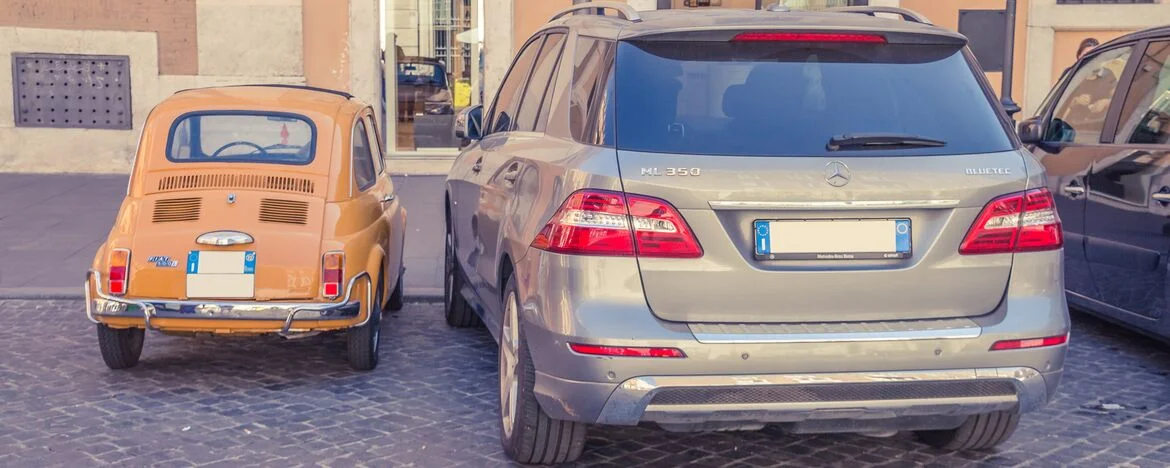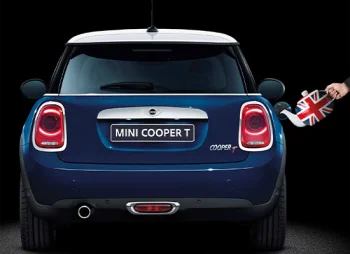Tips for careful car parking
Short of covertly repainting the lines in your local car park, there’s nothing you can do about the size of the spaces.
But careful car parking can help minimise the risk of damage to your car.
It sounds obvious, but don’t just pull into the first available space. Scan your surroundings first for potential hazards like trolleys and reversing cars, but also for the ‘right’ kind of space.
Most people try and park as close to their destination as possible. Whether that’s the entrance to the supermarket, or the stairwell to the shopping centre, it’s the busiest part of the car park.
Avoid temptation and look for spaces at the end of a row, away from poles, pillars and walls. If you can nab a space that has empty spaces on one or both sides of yours, it’ll give you more room when opening doors.
And it means other people are less likely to hit your car when they open theirs.
But if you do have to park in a particularly tight spot, try and remember to tuck your wing mirrors in so they don’t get hit by other cars.
If you’ve got kids, encourage them to pay attention when getting in and out of the car. It’s easier to stop accidental damage when opening car doors slowly and carefully.
And lastly, keep a cynical eye on cars that are already parked.
Not everyone has a brand-new car, but take care if you spot one that's already looking battered. If their car is already damaged, the driver may not take as much care around yours when opening their doors.
But if all else fails, you can get your car repaired. There are some clever insurance add-ons out there that help you get cosmetic damage repaired quickly and easily. And the best thing? You won't even have to claim it on your standard car insurance.





